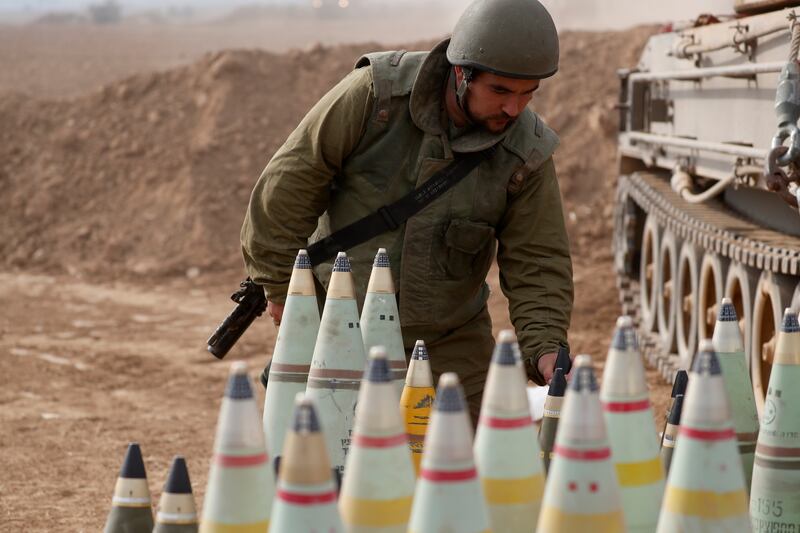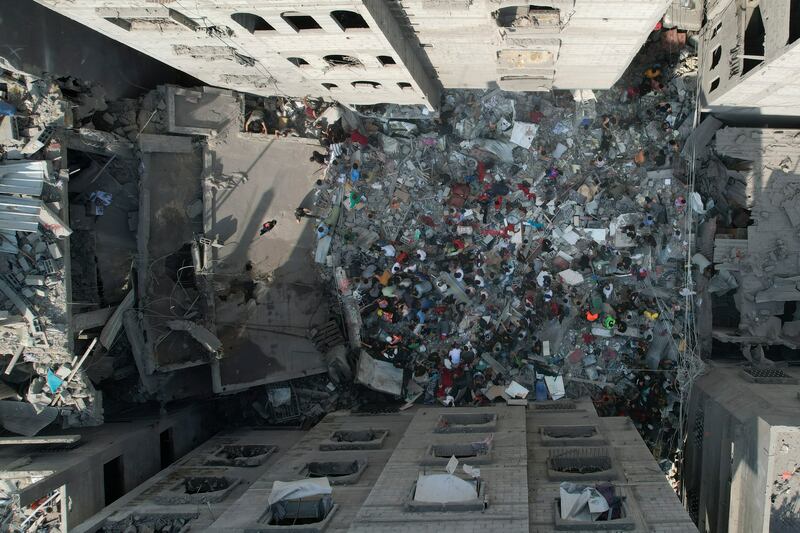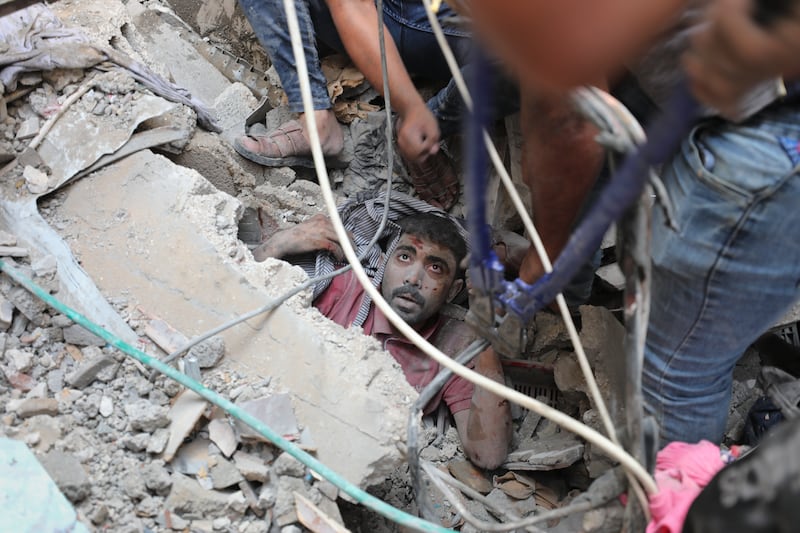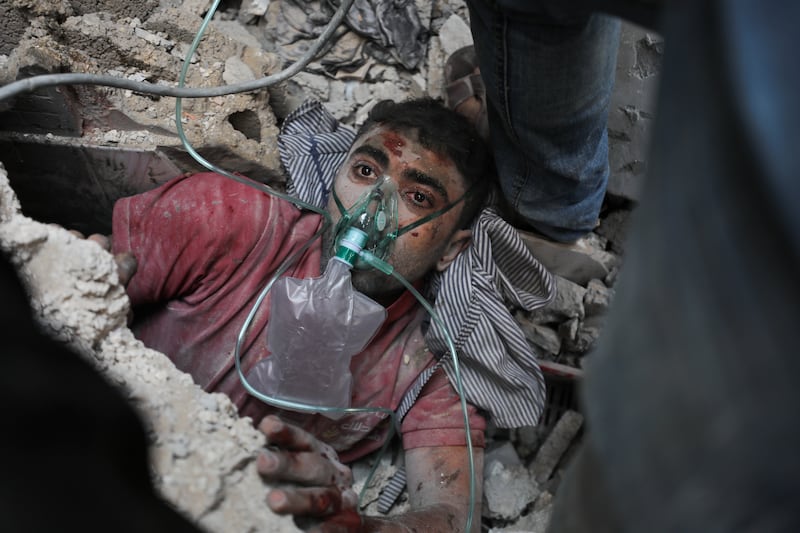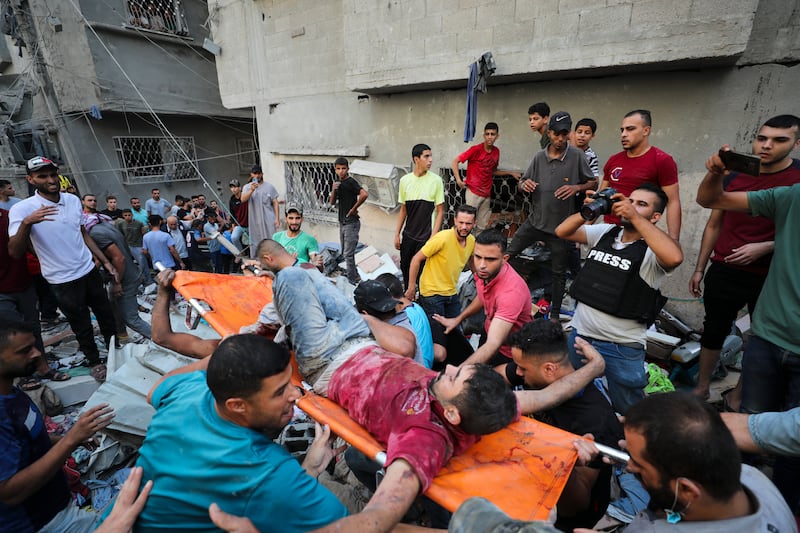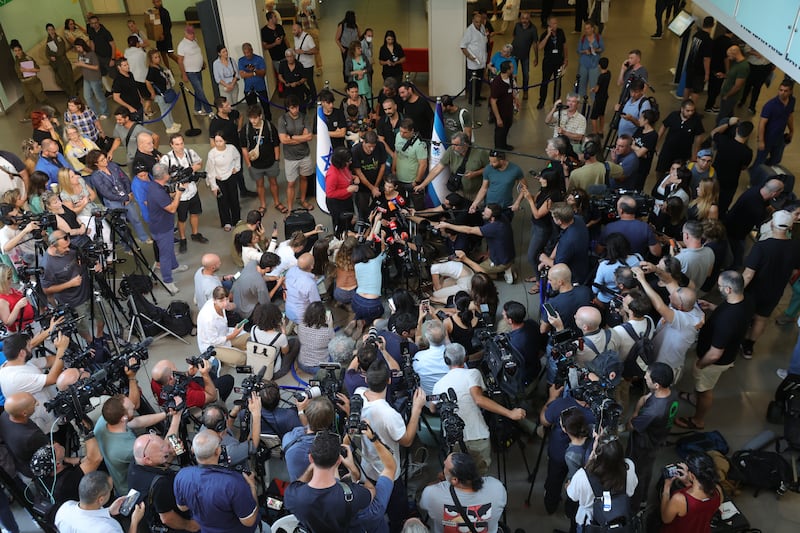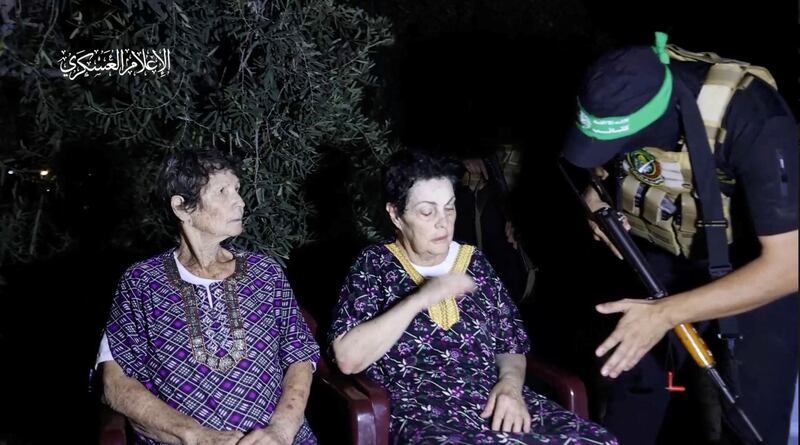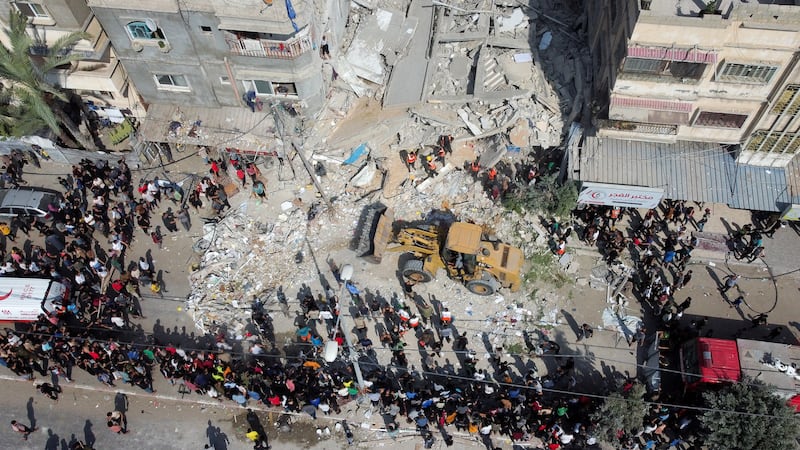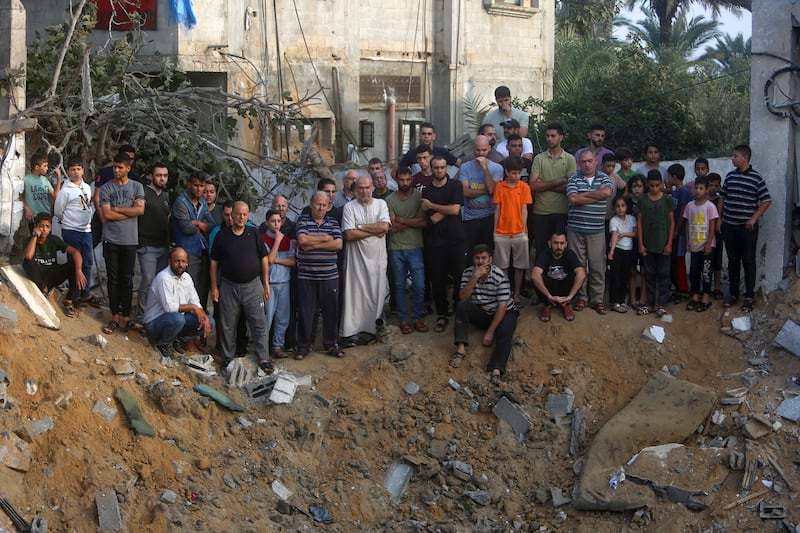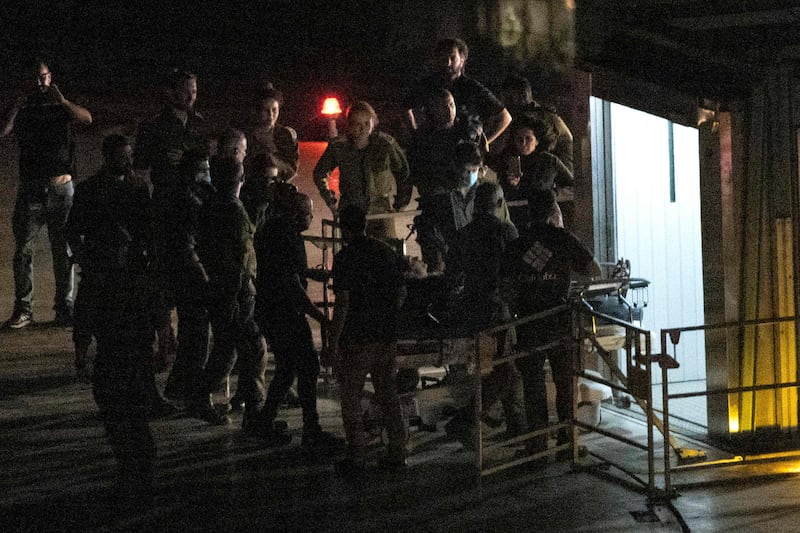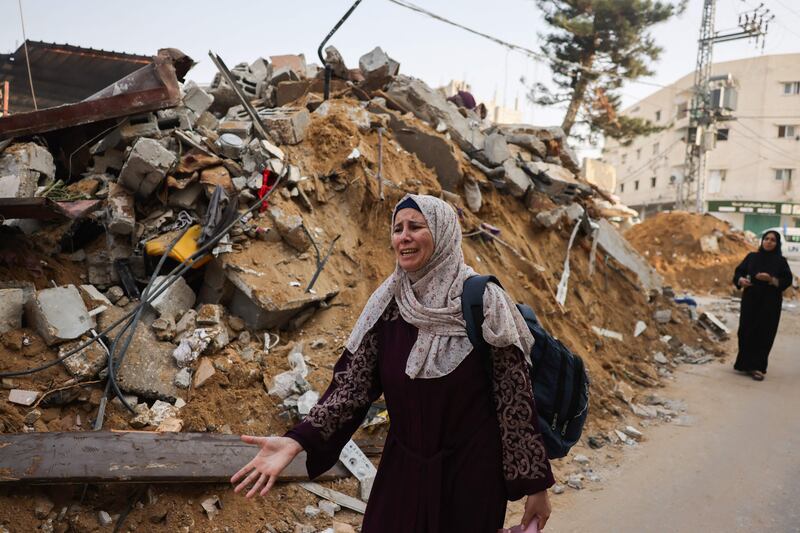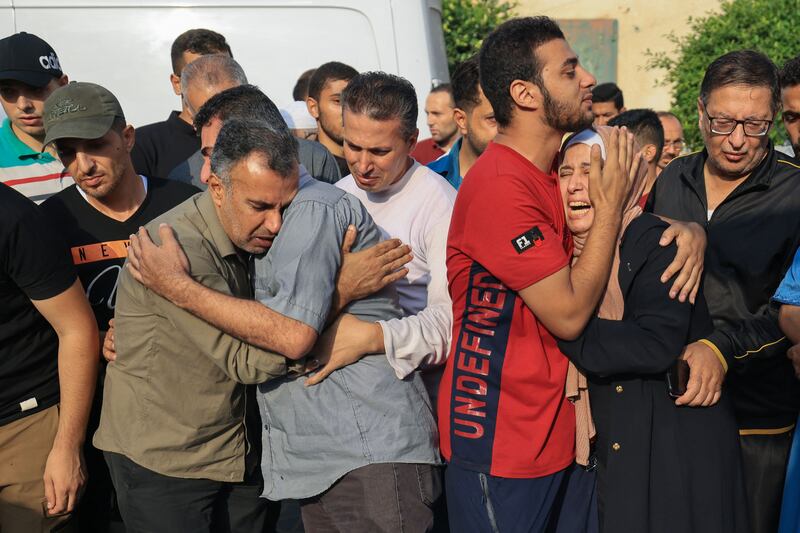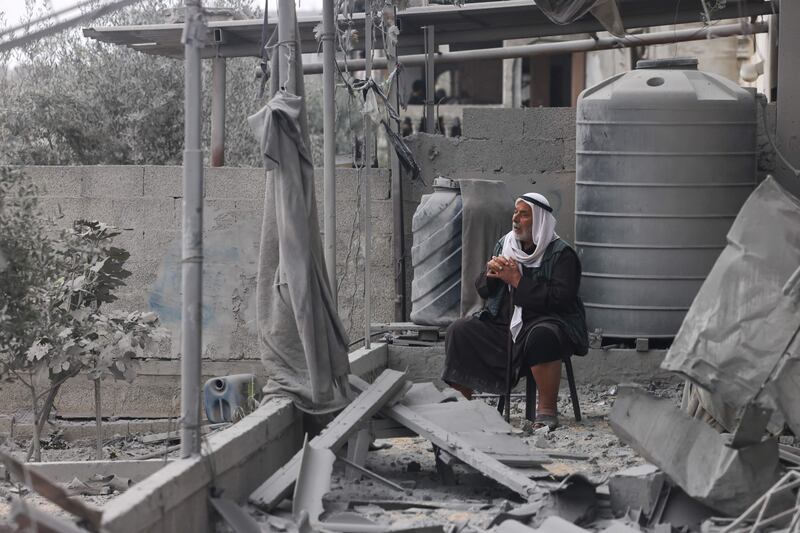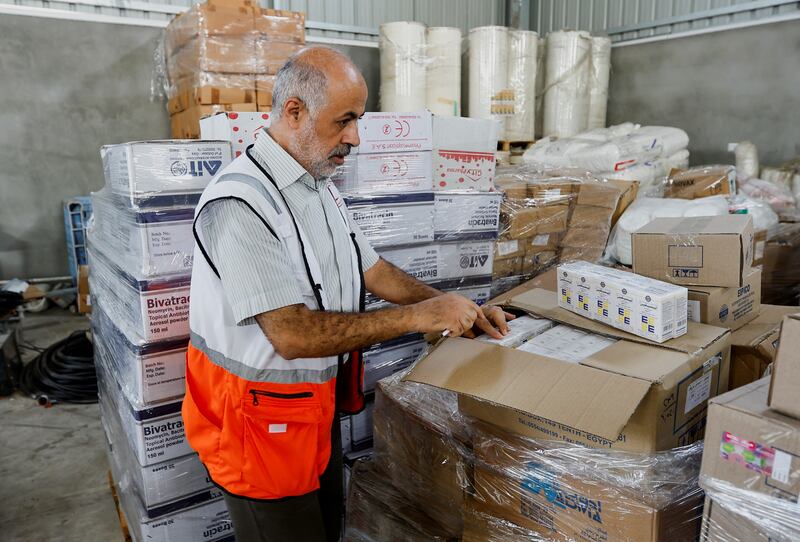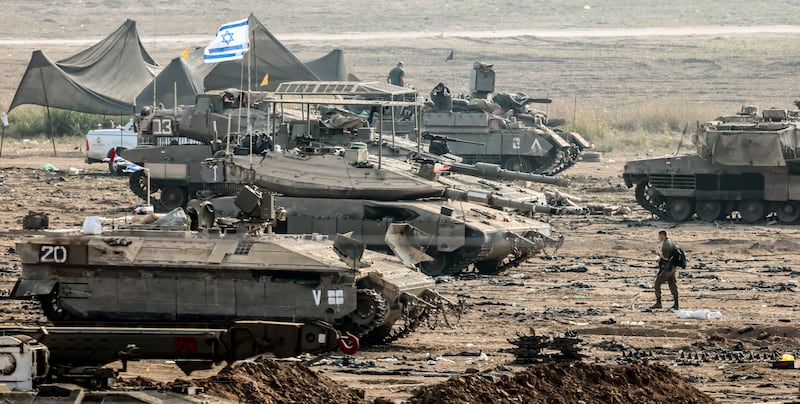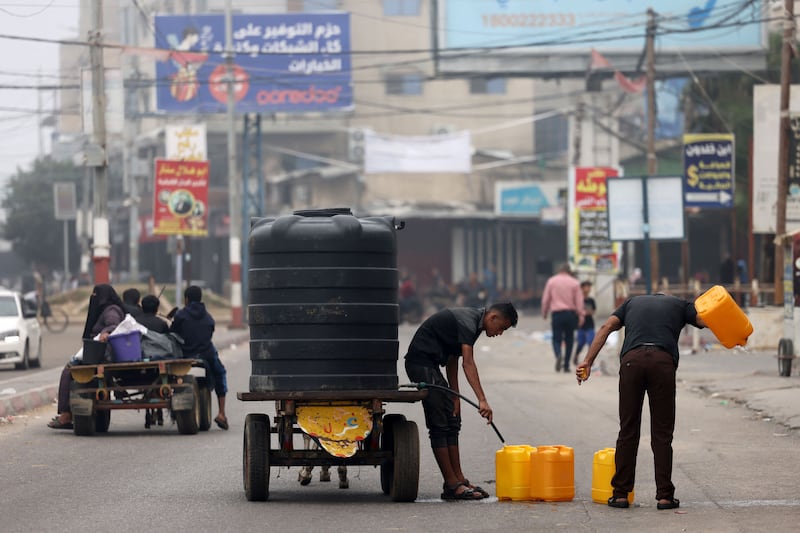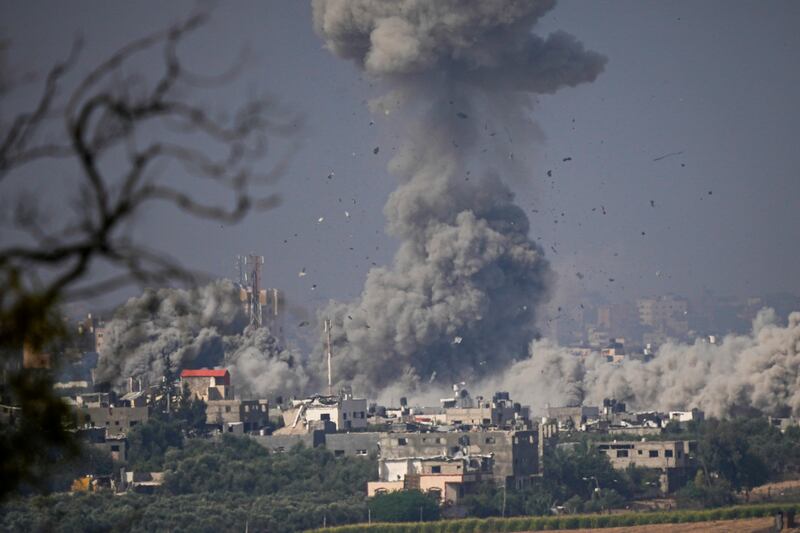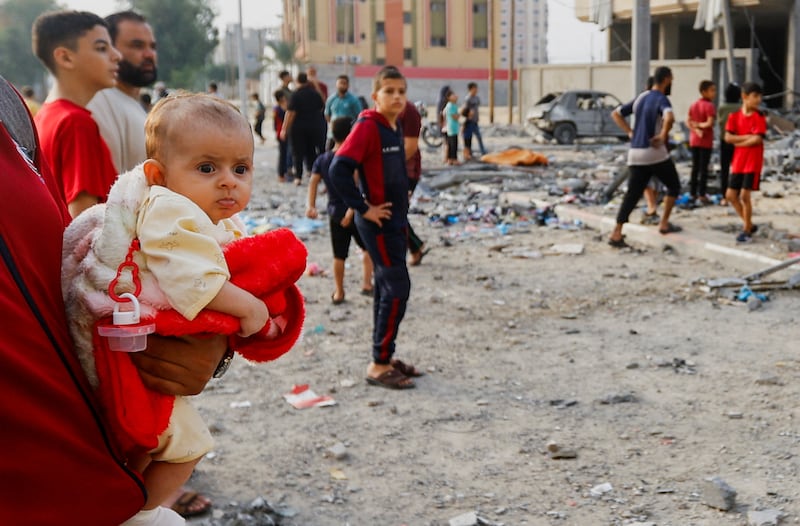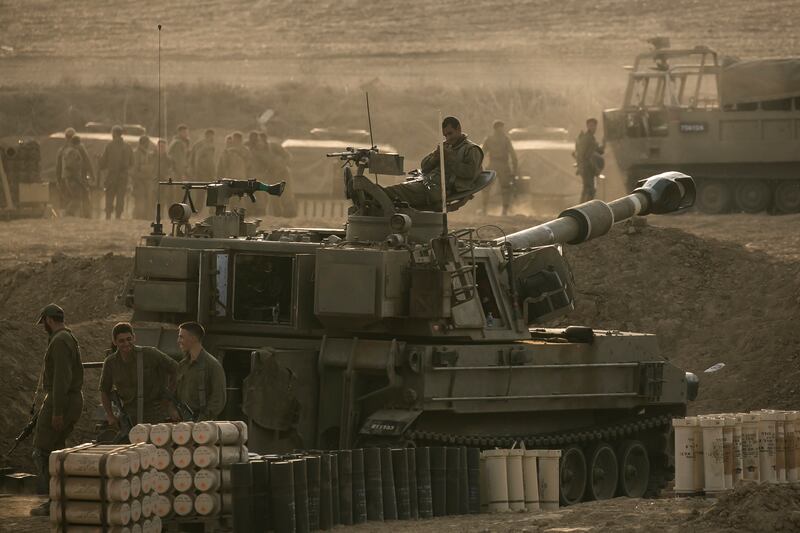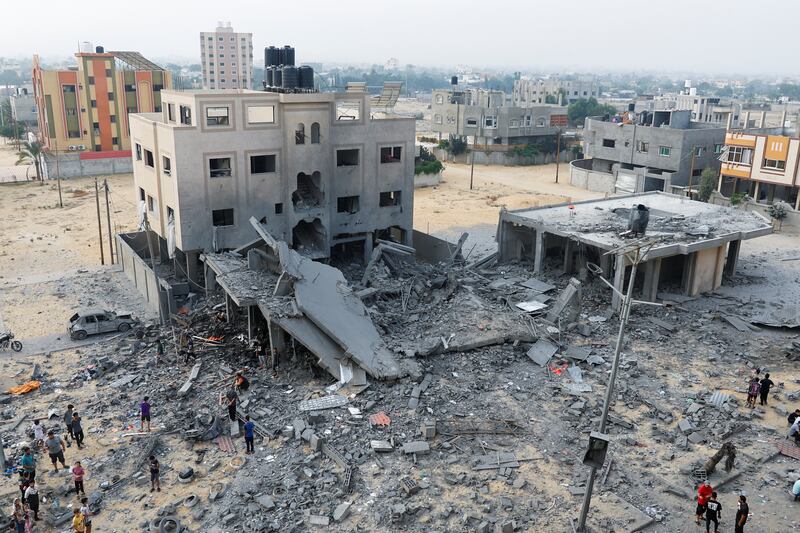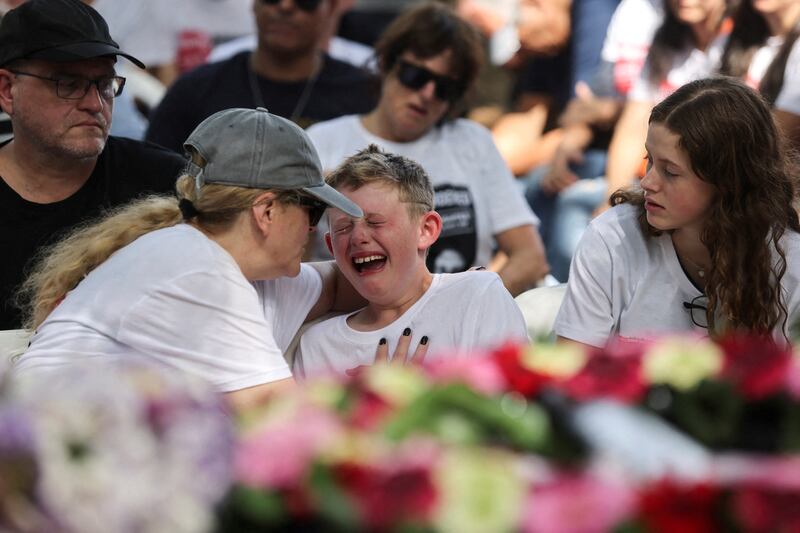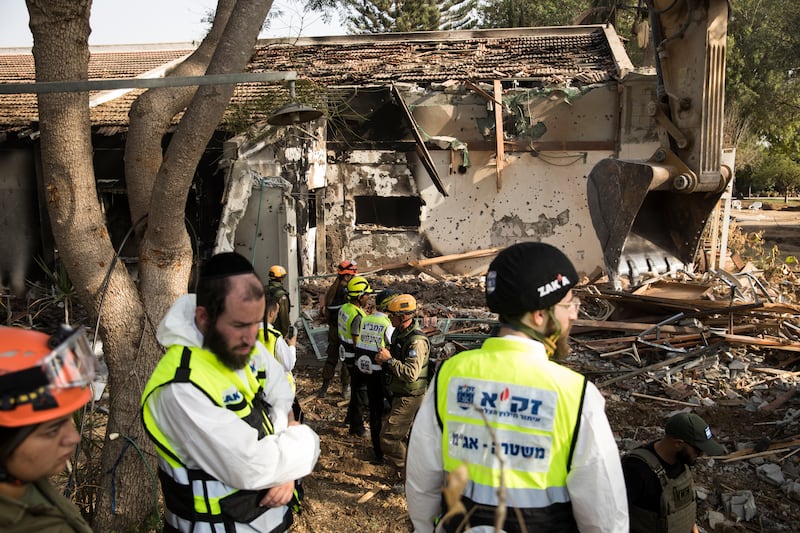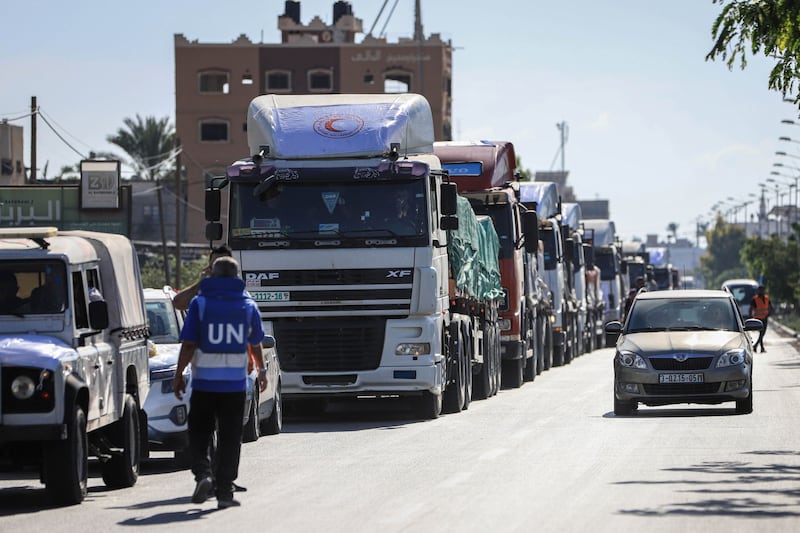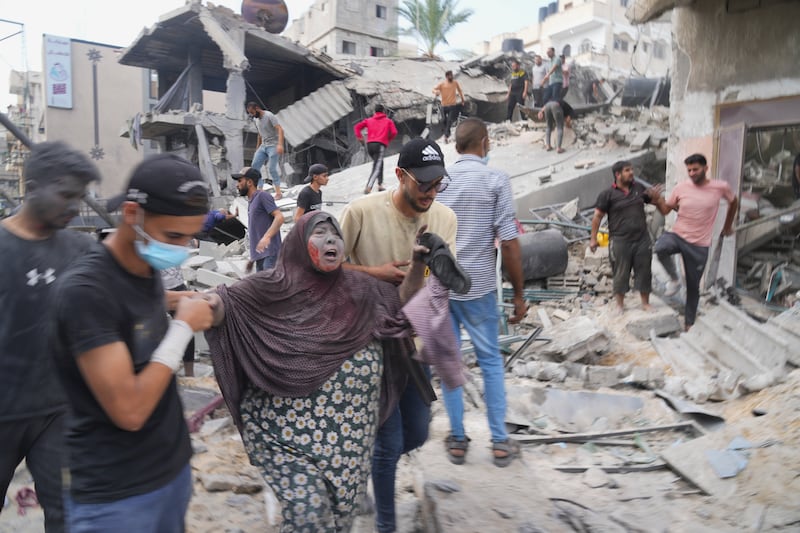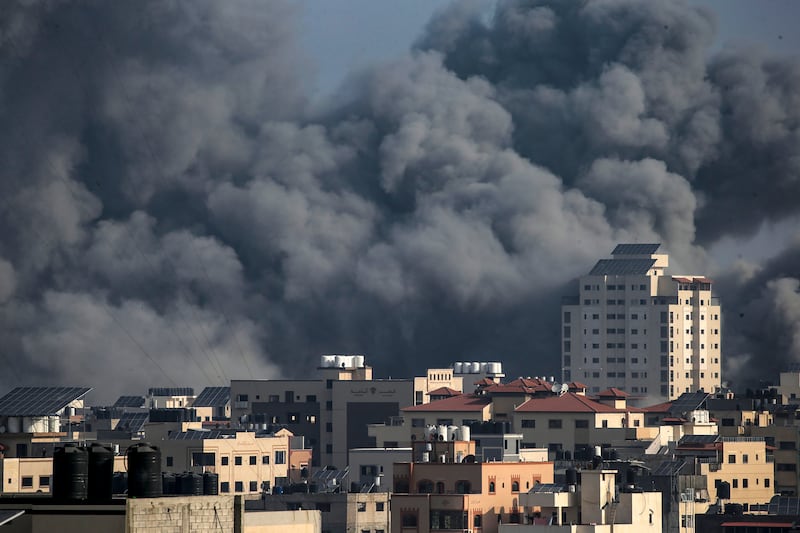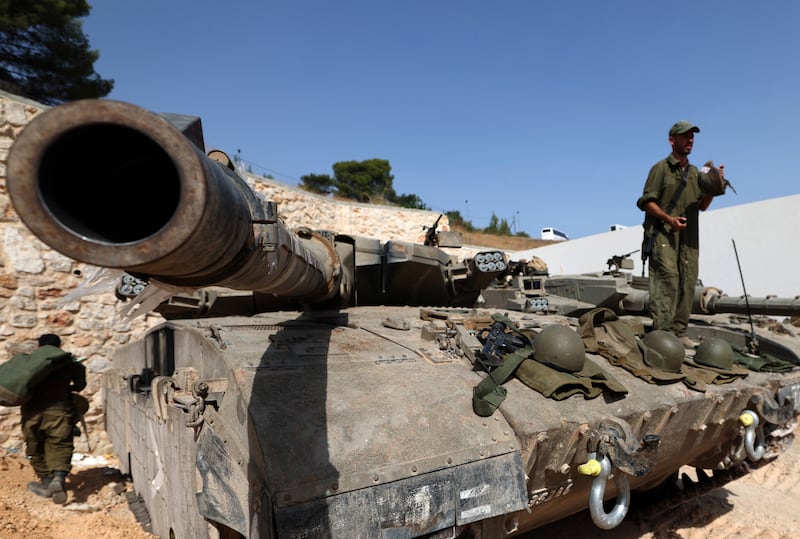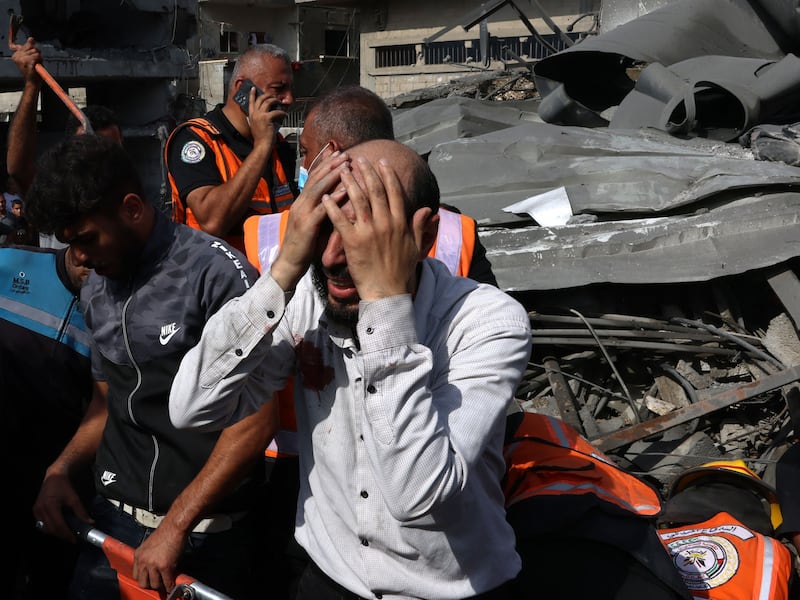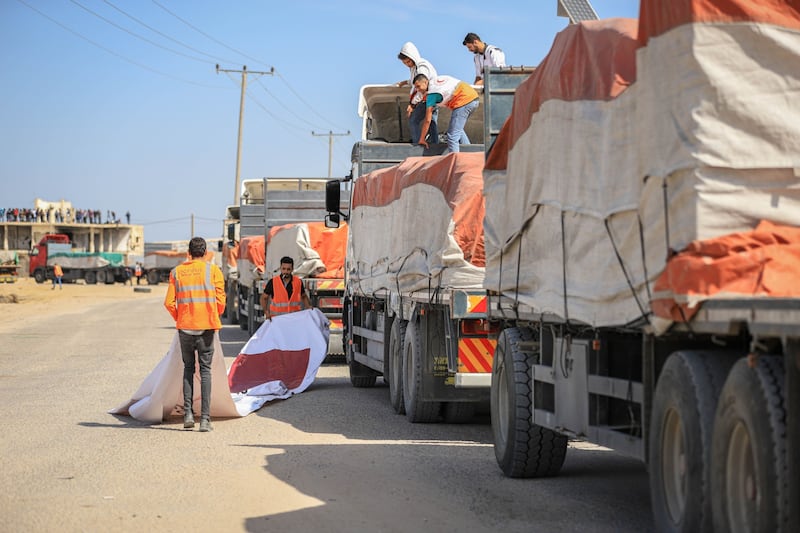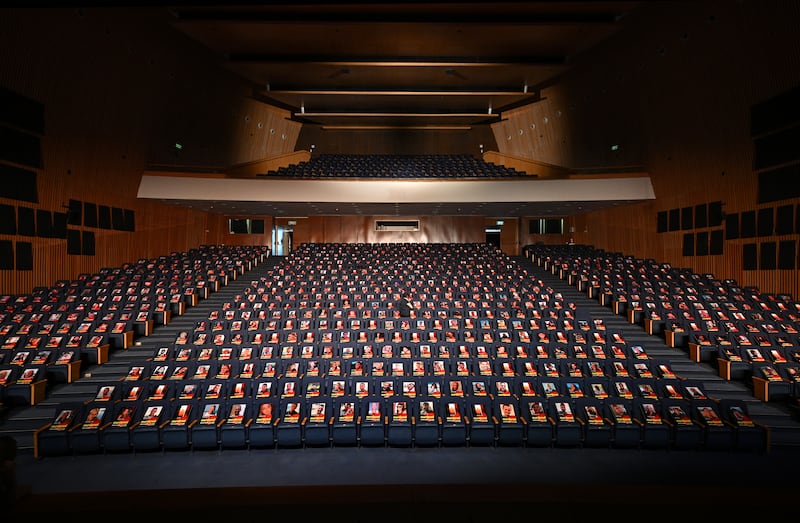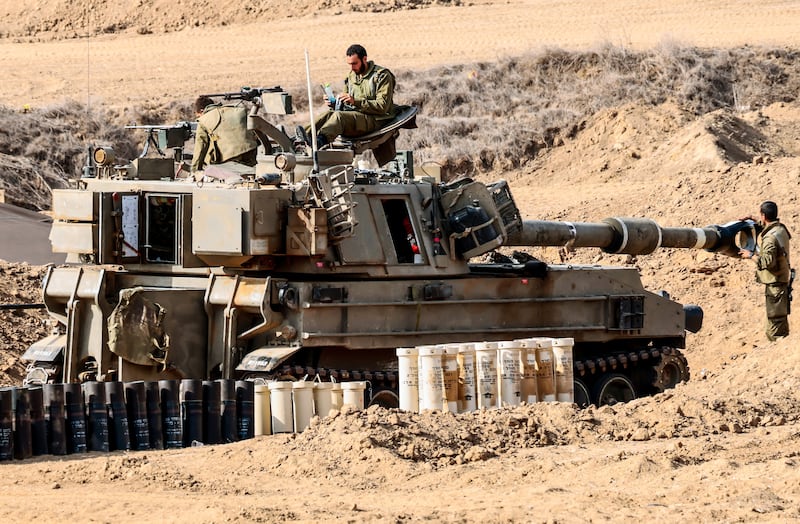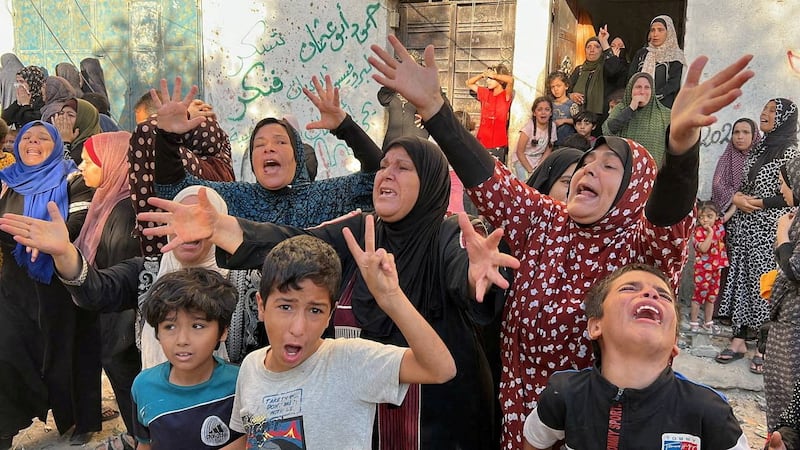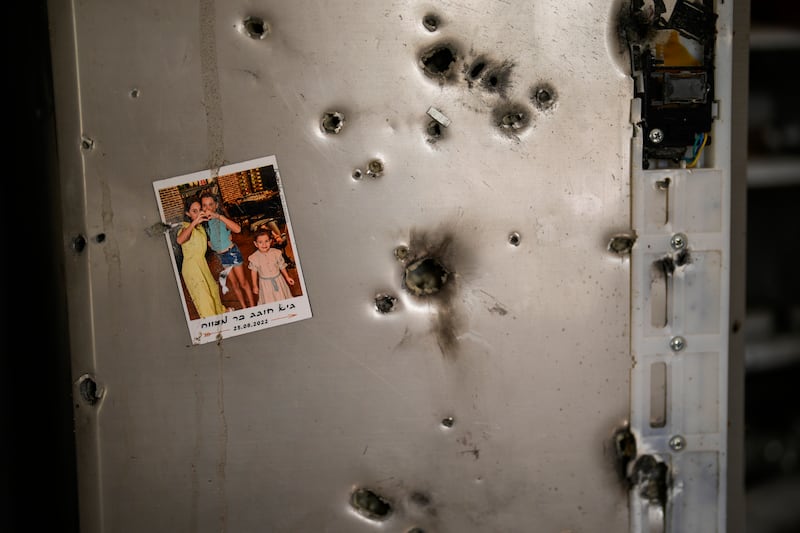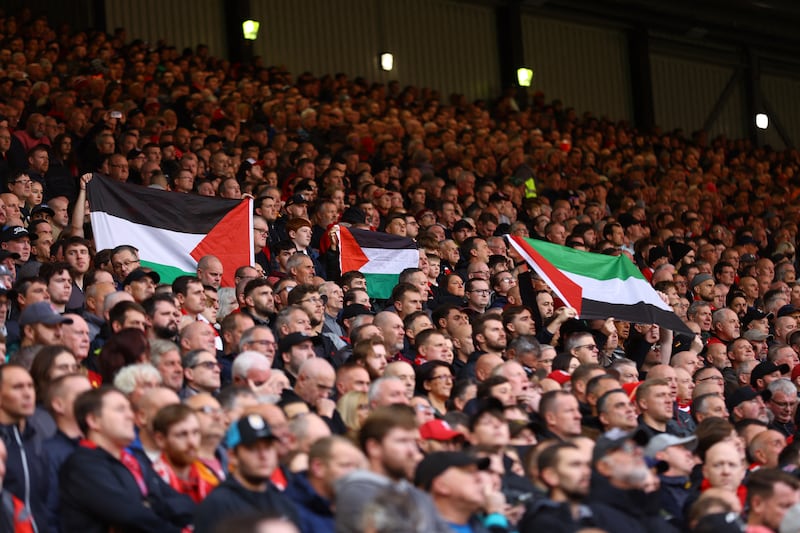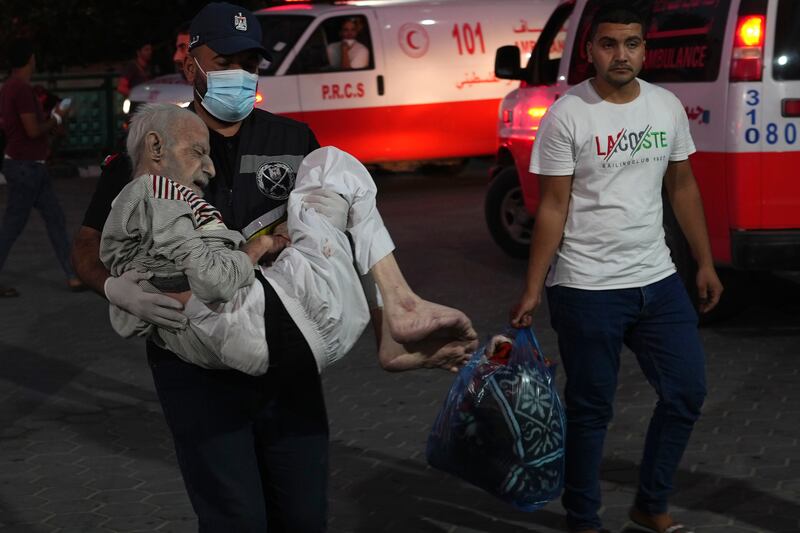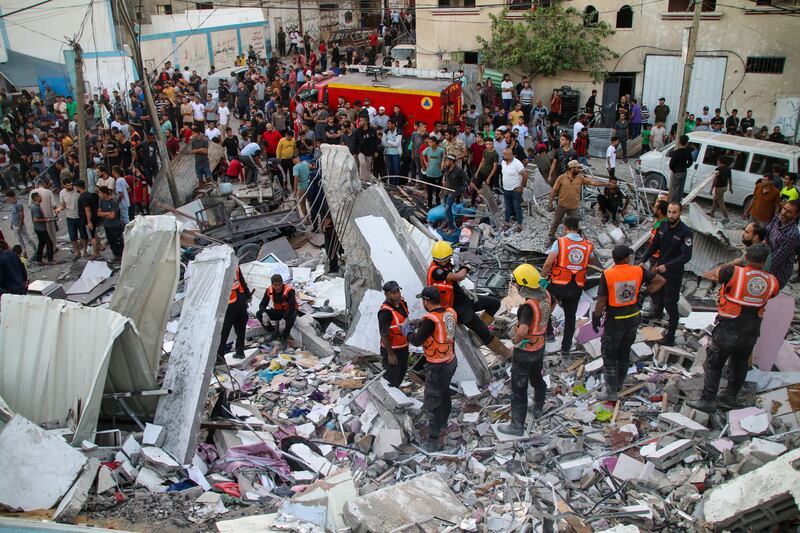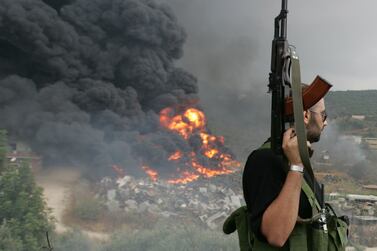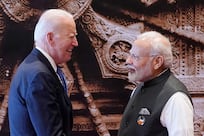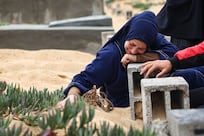The Israeli government does its military no favours when it says that the goal of a ground invasion of Gaza is to “wipe out” or “destroy” Hamas. Such maximalist and eminently unrealistic objectives put the Israeli army in a bind: how to translate this political bluster into practical and achievable military objectives.
Israel’s generals are under no illusion that they can annihilate a deep-rooted movement like Hamas, which enjoys support from a high percentage of Palestinians in Gaza. Their focus will be to massively degrade the military capabilities of Hamas and ideally disarm it. The missile, rocket, and now armed drone arsenals will be a top priority for the army. But meeting that priority still presents a host of challenges, some strategic/political, some operational/tactical.
Strategically, there is an inherent tension in the Israeli military's overall warfighting approach to this crisis. Going hard against Hamas, which is necessary for the goal of degrading or disarming the group, could risk the lives of the more than 200 hostages held by Hamas. On the other hand, pursuing lighter and more surgical operations gives Hamas the chance to fight back and thus put the lives of Israeli soldiers at risk. A balance must be struck, and it won’t be easy.
Hamas’s massive tunnel infrastructure adds a layer of complexity for Israel. These tunnels are long, deep and have multiple floors. Hamas fighters can live and find shelter there for an extended period of time. They can fight inside and from those tunnels. They can command and control their operations. This is where Hamas stores its strategic weapons and most likely is keeping all its hostages. The tunnels are not a tactical feature of Hamas’s war-fighting strategy. Rather, they are a core element of it. They provide Hamas with operational and tactical flexibility the group wouldn’t have above ground. The tunnels make it easier for Hamas to conduct hit and run operations, which is most likely what they will do against the Israeli army.
The Israeli military is trained for both urban and subterranean warfare. It has specialised units not only for those distinct kinds of warfare but also specialised equipment, some locally produced, some provided by the US. But until it sends its units below the surface and engages in close combat, Israeli soldiers won't know what awaits. All that specialised subterranean equipment – for breathing, for seeing, for navigating, for shooting, for communicating – could very easily malfunction. And that’s not even factoring in Hamas’s potential counter measures. Just like the Israelis prepared for such a fight, Hamas has prepared, too, and for many years.
That’s all assuming Israel has perfect intelligence on the whereabouts of the hostages, which it likely doesn’t. The Israeli army can’t pursue surgical operations if it doesn’t have enough accurate intelligence. And given the historic intelligence failure the country is emerging from, confidence in Israeli intelligence capabilities is not very high right now.
The existence of that kind of intelligence will also shape the decision of how the Israeli military will engage Hamas. Does it clear the tunnels of militants as much as possible so it can proceed to release the hostages and then it destroys the tunnels? Or is the script reversed? If destruction precedes clearance, that brings us back to the critical issue of hostage safety.
Last but not least, the possibility of another front opening up, be it from Lebanon or Syria, will incredibly complicate operations for Israel. The government can say all it wants that it is ready for another front against Hezbollah along its northern border should the Lebanese group enter the fight. But in reality, a two-or-multiple-front confrontation will greatly strain the capabilities of the Israeli military and create immense political pressure on the Israeli government. Hezbollah is much more powerful today than in 2006 when it fought Israel to a standstill for 34 days. It may not be able to deter Israel from invading Gaza, but it will do everything it can to influence the manner with which Israeli troops enter Gaza and fight Hamas.
Neither Hezbollah nor Iran wants a war with Israel, but it’s hard to imagine them watching their Palestinian partner get pummelled or about to get disarmed and do nothing about it. This isn’t necessarily out of love for Hamas. This is because the Iran-led axis views the Palestinian theatre as core to the struggle against Israel. It has immense religious significance. If Hamas goes, so does a major Palestinian means to stand up to Israel.
Israel has the ability to seriously damage Hamas, but the key questions are what is the military risk it is willing to accept and what is the political price it is willing to tolerate? Entering the tunnels will no doubt be perilous. But causing a high degree of collateral damage while doing so – which is virtually inevitable given the densely populated urban terrain and Hamas’s tactics of placing its military facilities under hospitals, schools and residential buildings – will be far worse. It's a cliche to say that there is no military solution to the Hamas problem. But it doesn't make it any less true.
Live updates: Follow the latest news on Israel-Gaza
